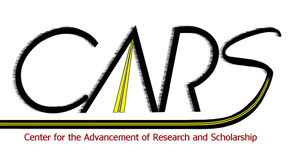Gender, Race, and the Remaking of American Religious Culture
Location
Hart 115
Start Time
14-5-2015 2:05 PM
End Time
14-5-2015 2:50 PM
Description
This panel explores the roles of gender, race, and immigration in shaping the religious identities of the United States from the 19th century to the present. The panelists analyze the individual, gendered, and ethnic responses to religious orthodoxy and cultural integration through the reforms of Christian evangelical churches and Buddhist community temples. Maggie Lowe traces the modern evangelical movement through three generations of women in her family including herself by discussing the changing political, social, and sexual landscape of gender identities and religious devotion. Sean McPherson focuses on the building of the 1920 Fresno Buddhist Church and the 1965 Placer Buddhist Church in Penryn, California, and explores the diverse ways in which cultural identity was communicated through architectural form and spatial organization. Wing-kai To examines the construction of the largest Thai temple outside Thailand in Massachusetts and the emergence of new religious identities for a transnational Southeast Asian American community.
Gender, Race, and the Remaking of American Religious Culture
Hart 115
This panel explores the roles of gender, race, and immigration in shaping the religious identities of the United States from the 19th century to the present. The panelists analyze the individual, gendered, and ethnic responses to religious orthodoxy and cultural integration through the reforms of Christian evangelical churches and Buddhist community temples. Maggie Lowe traces the modern evangelical movement through three generations of women in her family including herself by discussing the changing political, social, and sexual landscape of gender identities and religious devotion. Sean McPherson focuses on the building of the 1920 Fresno Buddhist Church and the 1965 Placer Buddhist Church in Penryn, California, and explores the diverse ways in which cultural identity was communicated through architectural form and spatial organization. Wing-kai To examines the construction of the largest Thai temple outside Thailand in Massachusetts and the emergence of new religious identities for a transnational Southeast Asian American community.

Comments
Moderator: Kevin Kalish